Applying machinery to collect straw from the field in the high-quality and low-emission rice production model in the 2024-2025 winter-spring crop at Tien Dung Cooperative, Co Do district, Can Tho city.
Need to manage and use straw more effectively
With an annual rice output of over 24 million tons, the Mekong Delta has nearly 25 million tons of straw by-products per year. As the largest rice producing region in the country, the Mekong Delta currently produces a large amount of straw each year and needs to be treated, managed and used effectively to improve rice production efficiency and contribute to reducing greenhouse gas emissions, as well as successfully implementing the 1 million hectare rice project.
According to Ms. Nguyen Thi Thu Huong, Deputy Director of the Department of Crop Production and Plant Protection under the Ministry of Agriculture and Environment, the 1 million hectare rice project aims to collect 100% of post-harvest straw from the fields and process it, reusing it instead of burning it or burying it in the fields as before by 2030. This is a fundamental shift from the traditional method of handling straw that causes waste and pollution, to a circular, low-emission agricultural model. This goal not only contributes to reducing greenhouse gas emissions, improving soil health, but also increases the added value of agricultural by-products, increases farmers' income, and protects the environment.
Rice straw is the largest by-product in rice production, with an estimated annual output of nearly 45 million tons nationwide. Rice straw contains organic matter and important nutrients, and has great potential for soil improvement, providing materials for mushroom cultivation, animal husbandry, organic fertilizer production, bioenergy and many other value-added products. However, in reality, rice straw in many places has not been effectively utilized. Due to difficulties and limitations in machinery, technology and lack of information and knowledge in the exploitation and use of rice straw, a large amount of rice straw has been burned in the fields or buried in the soil, causing waste and increasing greenhouse gas emissions. The selling price of rice straw in many places is still low and many farmers who want to quickly process rice straw after each crop to start the next crop have chosen to burn rice straw. However, this method has lost most of the nutrients in straw and caused negative impacts on the environment and human health.
Support farmers
In order to promote the value of straw and overcome the situation of straw being burned in the fields, the Ministry of Agriculture and Environment (MARD) together with central and local ministries, branches, institutes, schools, enterprises and related units have actively promoted information, communication and training activities to change farmers' awareness and actions. They have paid attention to researching, developing and issuing a handbook on straw management towards circular agriculture and low emissions in the Mekong Delta. They have implemented many programs, projects and support activities to help farmers collect, process and exploit it in an effective and environmentally friendly manner. Many enterprises, business associations and international organizations, notably the International Rice Research Institute (IRRI) and the Vietnam Rice Industry Association (VIETRISA), have also coordinated with the Ministry of Agriculture and Environment, the Mekong Delta Rice Research Institute and the Departments of Agriculture and Environment of provinces and cities in the Mekong Delta to promote survey, research and support activities for farmers to develop value chains of products from straw. Instruct farmers to use technological solutions, biological products, and specialized fertilizers to quickly decompose the amount of straw that has not been collected in the fields to increase soil nutrients and reduce greenhouse gas emissions. Train and support farmers in applying mechanized straw collection, building livelihood development models, increasing income from straw and developing a circular economy from straw...
Recently, at the Mekong Delta Rice Research Institute in Can Tho City, Binh Dien Fertilizer Joint Stock Company also coordinated with IRRI, VIETRISA and related units to organize the launching ceremony of the project to develop solutions to decompose rice straw in the fields to improve soil health and reduce emissions in rice cultivation. This project focuses on researching and developing biological solutions to quickly decompose rice straw in the fields, improve soil health, return nutrients to the soil in a circular manner and reduce greenhouse gas emissions in rice cultivation. At the same time, training, technical guidance, helping farmers replicate models and transfer research results, contributing to the implementation of the 1 million hectare rice project.
Mr. Ngo Van Dong, General Director of Binh Dien Fertilizer Joint Stock Company, said: “Within the framework of the project, the company will coordinate with relevant units to focus on researching, testing and transferring advanced biological straw decomposition solutions, combined with mechanization to make the straw collection and treatment process more effective and sustainable. In the past, Binh Dien has also researched and developed specialized fertilizer products along with technical solutions suitable for soil conditions and farming practices in the Mekong Delta, helping farmers improve production efficiency and protect the environment. Specifically, the Dau Trau Bio-Canxi product line launched by the company has contributed to treating straw, returning nutrients to the soil very effectively. In the future, the company will continue to improve products to improve the effectiveness of straw treatment, increasing production efficiency for rice farmers”. According to Mr. Robert Caudwell, IRRI Representative in Vietnam, converting rice straw from burning to biological treatment brings three important benefits. These are: significantly reducing greenhouse gas emissions, especially methane and carbon dioxide, contributing to mitigating the impact of climate change. Regenerating soil fertility and health through adding organic matter, improving soil structure and beneficial microbial activity. Increasing rice yield, quality and added value through access to high-end markets, increasing farmers' income.
Article and photos: KHANH TRUNG
Source: https://baocantho.com.vn/quan-ly-su-dung-rom-ra-theo-huong-tuan-hoan-giam-phat-thai-a186177.html


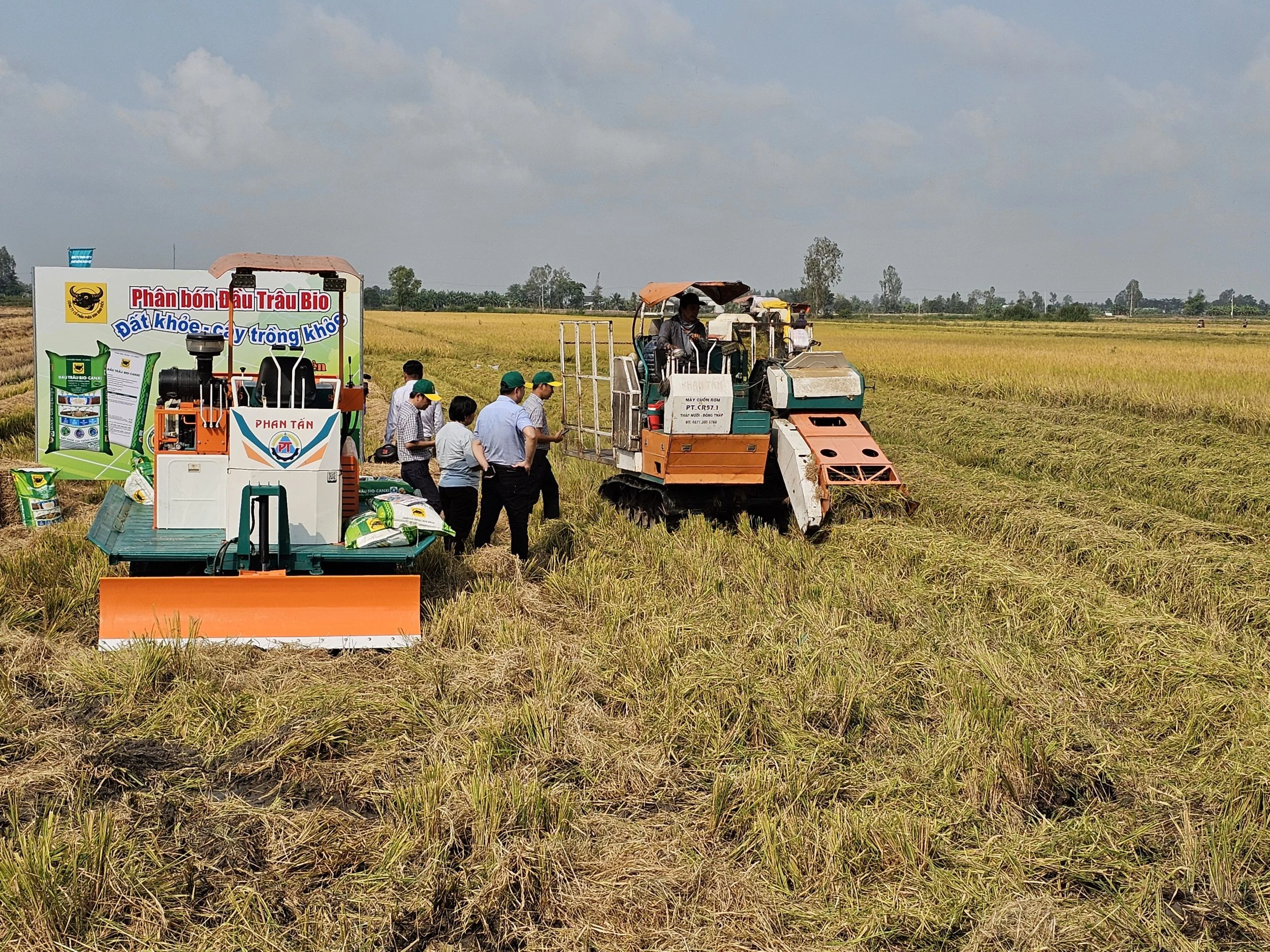


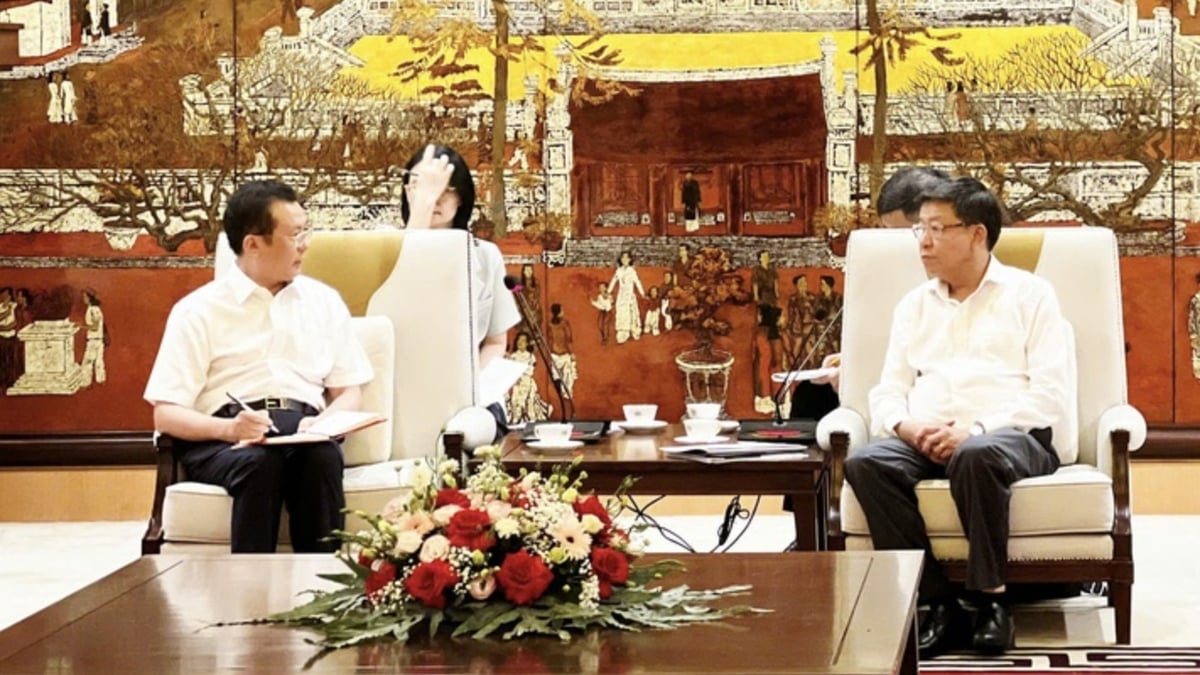
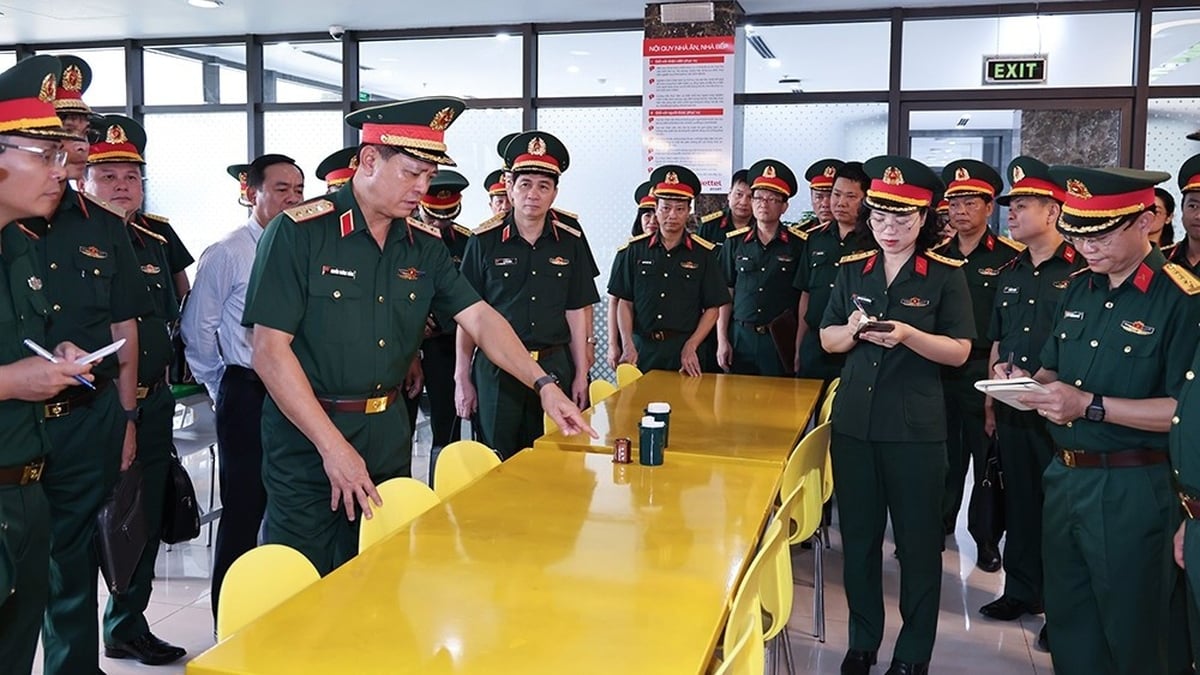
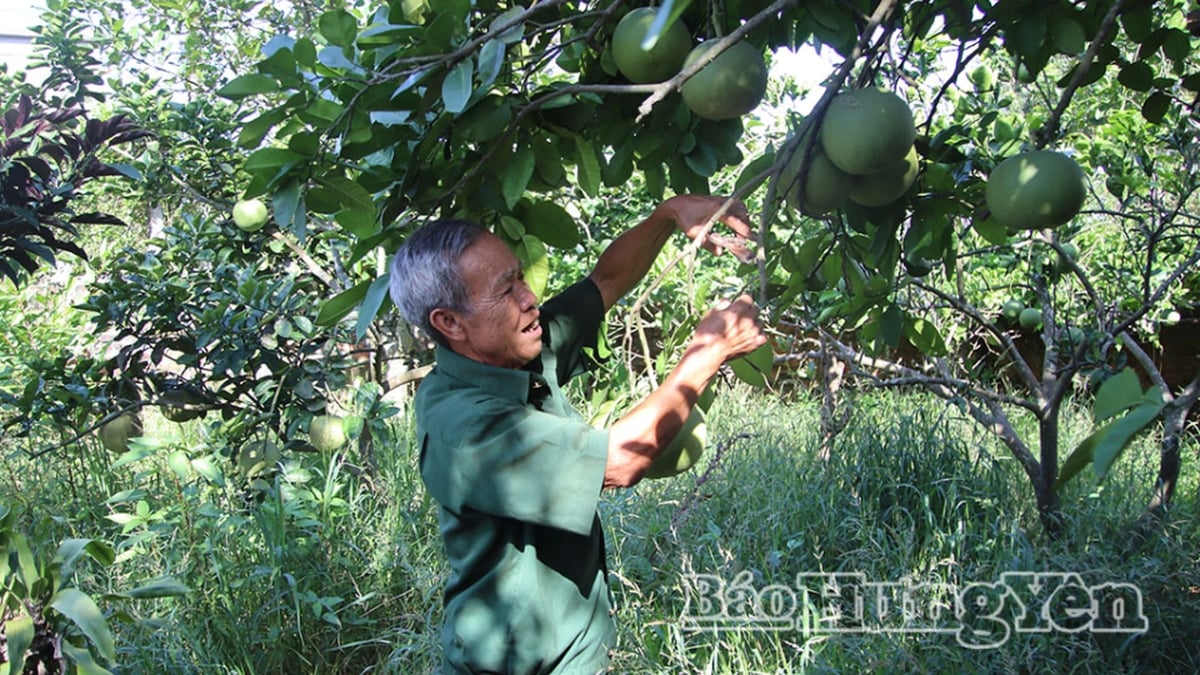
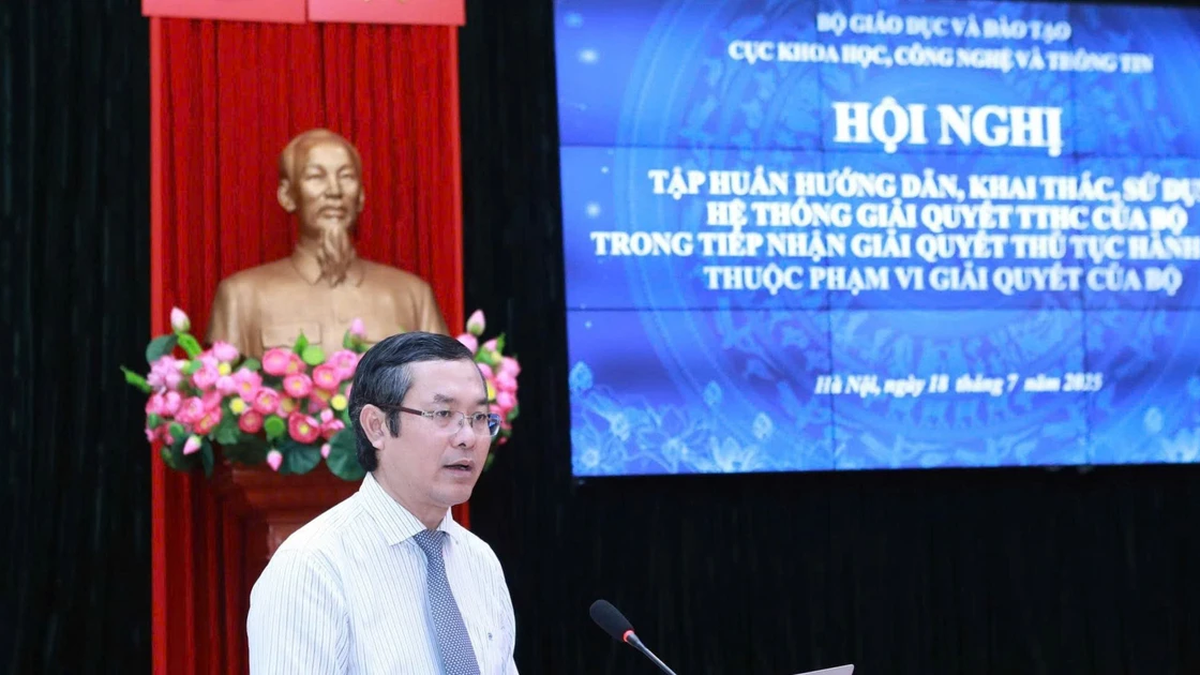
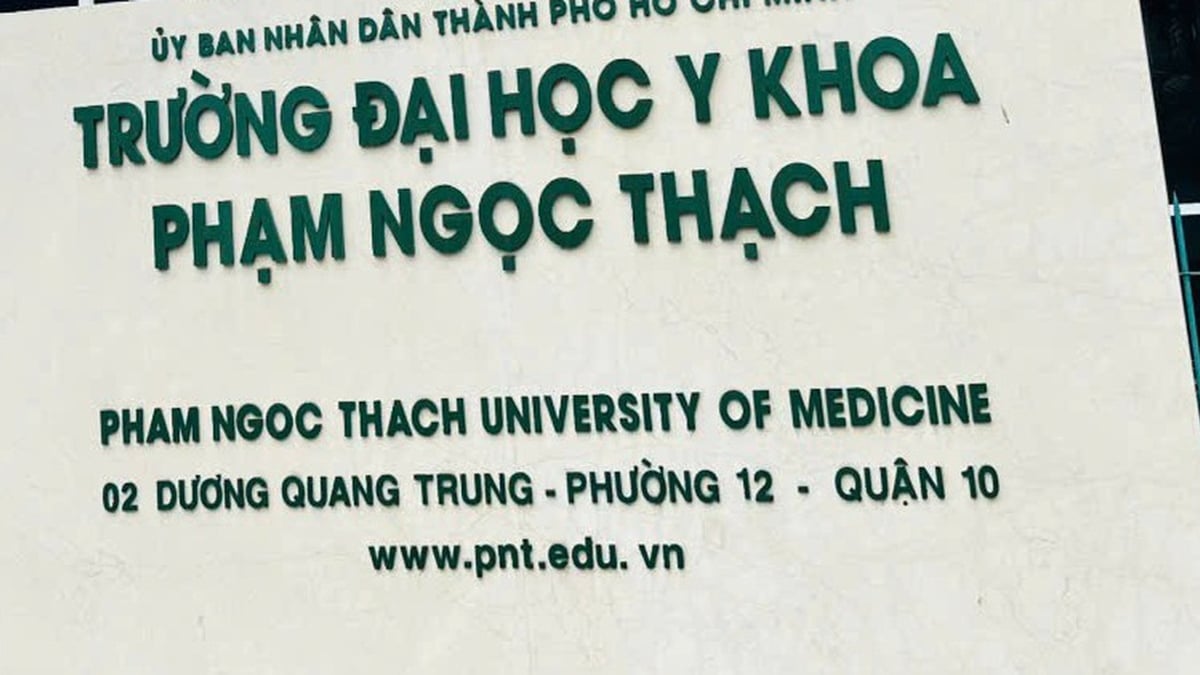

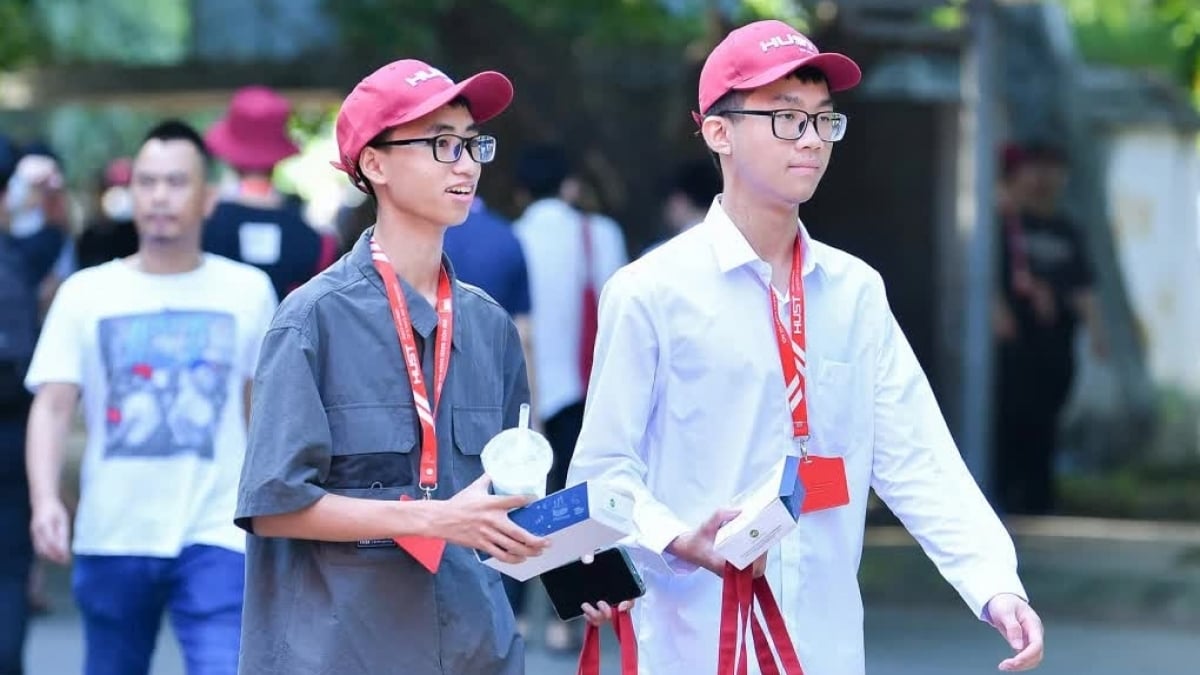
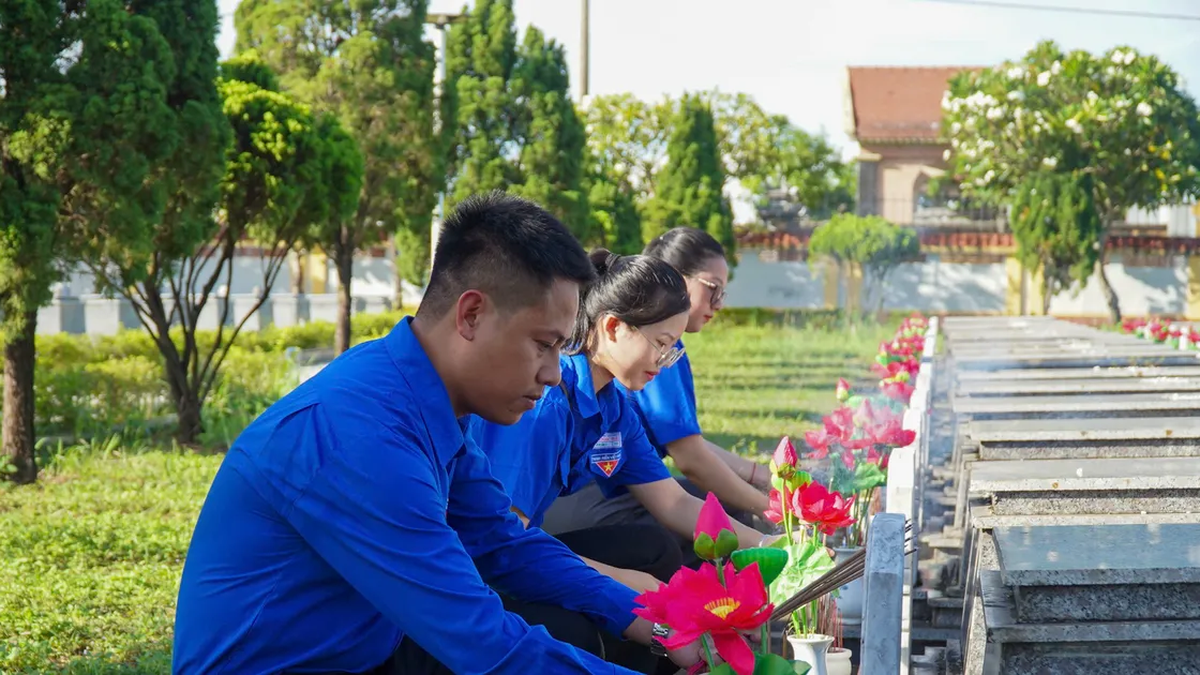
























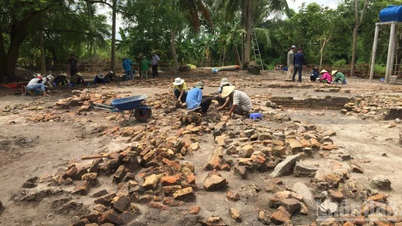

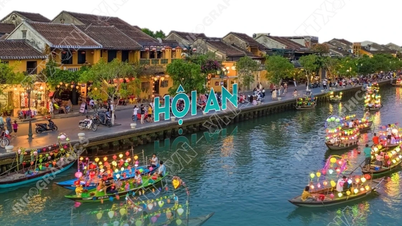

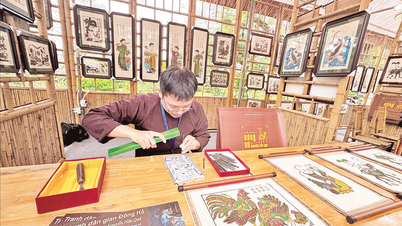











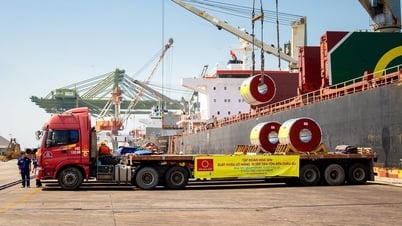

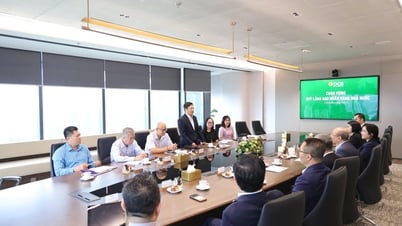

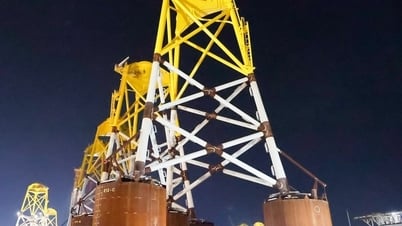
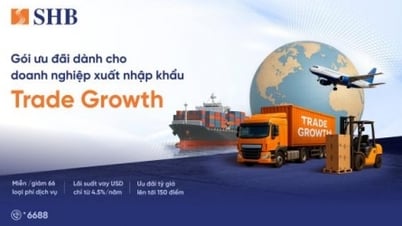


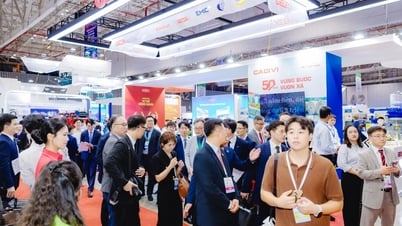
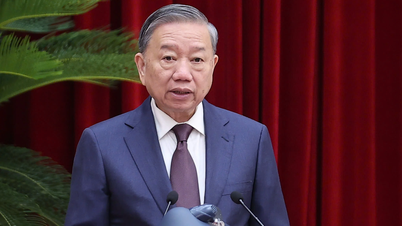

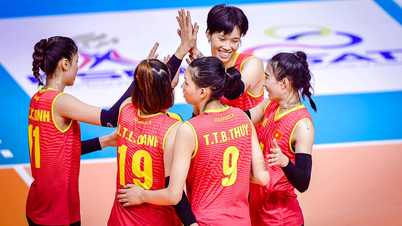



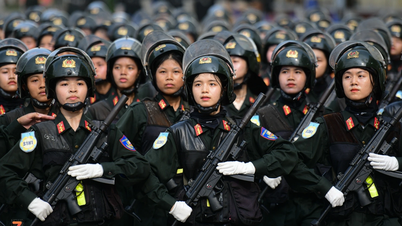
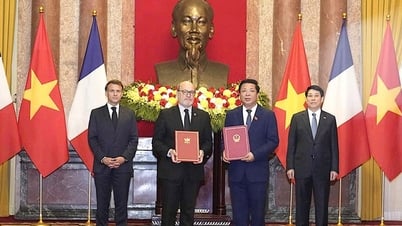



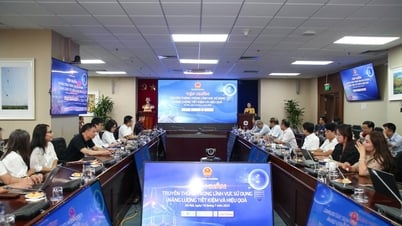

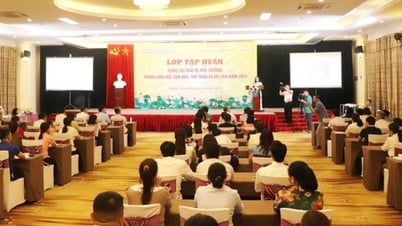


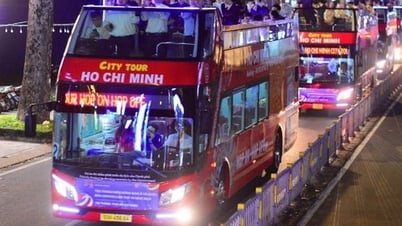

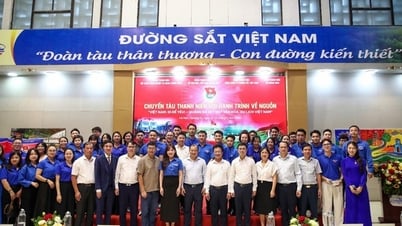








![[Infographic] In 2025, 47 products will achieve national OCOP](https://vphoto.vietnam.vn/thumb/402x226/vietnam/resource/IMAGE/2025/7/16/5d672398b0744db3ab920e05db8e5b7d)
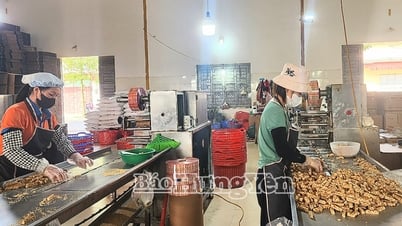










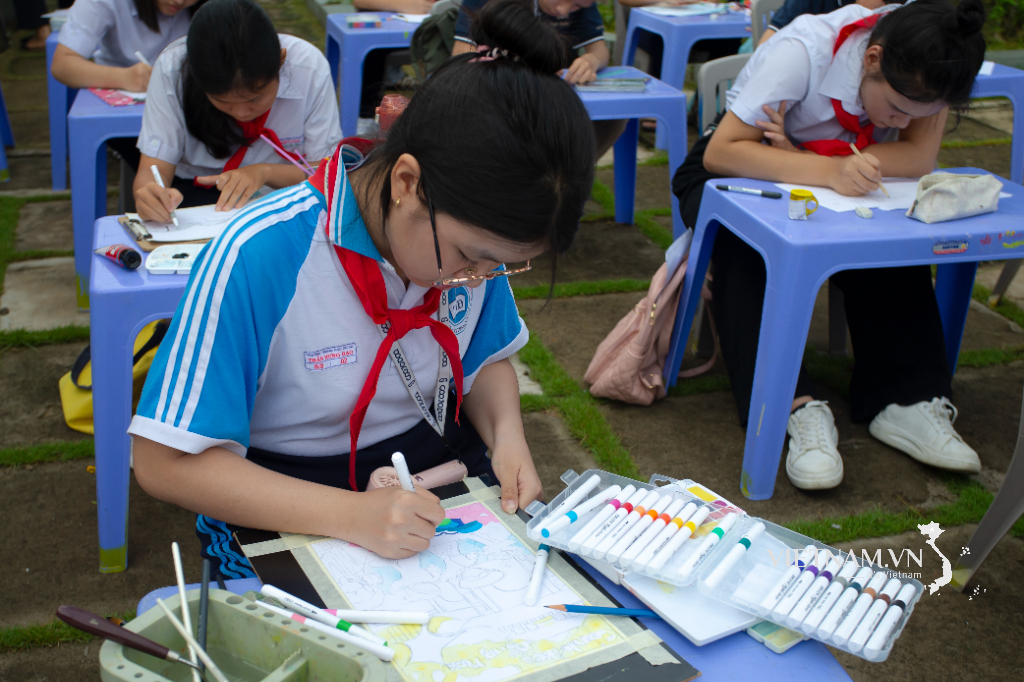
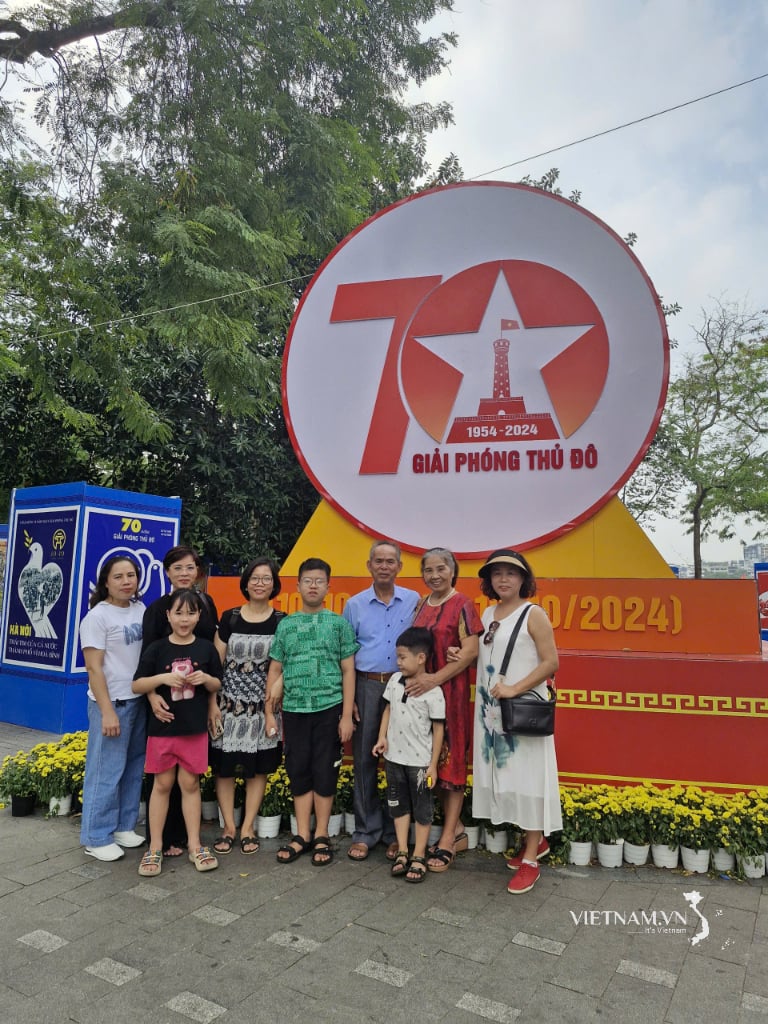
Comment (0)